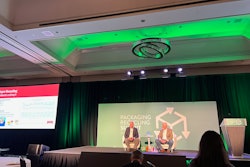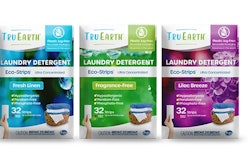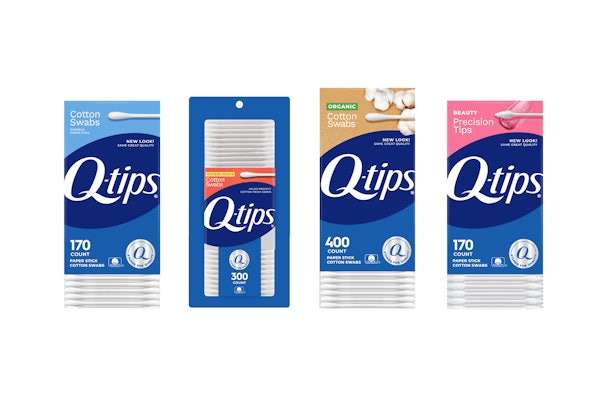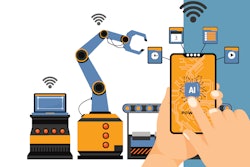
The packaging industry is witnessing a steady shift towards enhancing consumer engagement and compliance with local recycling regulations through the use of dynamic labeling. This approach, which includes QR codes, is not a novel concept but has gained traction as a means to provide consumers with real-time, location-specific recycling information.
General Mills, a prominent player in the food industry, has been at the forefront of adopting these labeling strategies. The company is currently piloting the Recycle Check product, which complements the How2Recycle label they adopted early on. The Recycle Check system allows consumers to scan a QR code to ascertain the recyclability of a product based on their local municipality's capabilities. This initiative reflects a growing consumer demand for clarity on the end-of-life options for packaging.
The Recycling Partnership, a key stakeholder in this initiative, houses the data that powers these dynamic labels. The organization maintains a comprehensive database of over 9,000 recycling programs across the United States, which informs the information provided to consumers upon scanning the QR codes. This data-driven approach ensures that brands like General Mills are not arbitrarily determining the recyclability of their packaging but are relying on verified information.
Consumer behavior studies indicate that a significant portion of consumers actively seek out recyclability information on product packaging. By incorporating both the How2Recycle and Recycle Check codes, brands are able to furnish consumers with a wealth of information regarding the recyclability of their products. This dual-label system caters to both national and local recycling nuances, offering a more tailored experience for the consumer.
The pilot test of the Recycle Check QR code, alongside the How2Recycle code, is part of a broader strategy to maximize information dissemination and cater to specific local recycling availability. Paul Nowak from GreenBlue, an environmental nonprofit, emphasizes the importance of this trial phase, stating that the key is to learn from the data and improve the system incrementally. This iterative process is expected to simplify recycling for consumers and potentially increase recycling rates
The panel also addressed the potential for dynamic labels to evolve and integrate with existing labeling systems, such as the How2Recycle label. The possibility of incorporating QR codes within the How2Recycle label itself was discussed as a means to streamline the labeling process and reduce the need for frequent changes to packaging.

One of the challenges highlighted was the diversity of recycling programs across the country, which presents a complex landscape for labeling on a national scale. The dynamic label system aims to bridge this gap by providing consumers with accurate, localized information, thereby fostering a more efficient recycling system.
The pilot program's findings will be crucial in determining the scalability of dynamic labels across various packaging types. The data collected will inform future decisions on which packages would benefit most from this labeling approach and how to best implement the Recycle Check system across a brand's portfolio.
In conclusion, the packaging and processing machinery industry is closely monitoring the development of dynamic labels as a tool for consumer education and compliance with local recycling regulations. As the pilot program progresses, the insights gained will be instrumental in shaping the future of recycling labeling and enhancing the overall sustainability of packaging.






















